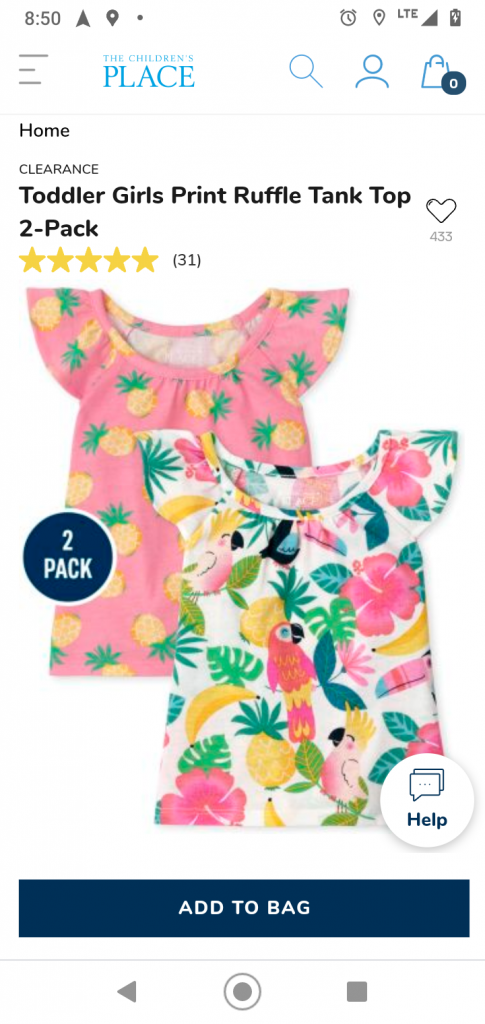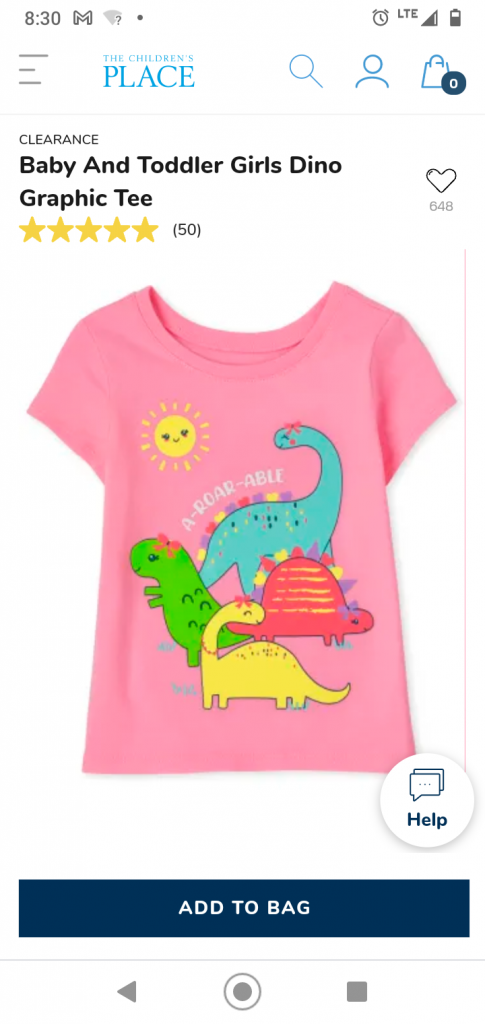
Analysts at the Fashion Intelligence Institute (FII) released a report earlier today describing a wide scale effort to tacitly “color code” people by threat level.
Well, not quite color code. Fabric patterns have been used as code for centuries, intentionally and unintentionally, said Miller Shippenschannel of the FII. Eccentric people tend to like paisley all by themselves. Hyper people like the zig zags. Stripes are for losers. But mass production means that there are a limited number of patterns available.
“The more affordable children’s clothes tend to bear patterns that indicate the wearer is either unduly aggressive or a superhero/princess” said Shippenschannel.” On one side, you have your sharks, cacti, crabs, monsters, things like that. Fish with teeth. On the other side you have your Supermen, Wonder women, Batmen, and Elsas.
Researchers found a pattern in the patterns. Families are drawn to either one or the other.
Analysts are still searching for the mechanisms that lead consumers to choose either the aggressive or superhero patterns.
More expensive clothing has more pattern options.

“I thought I was doing something educational by buying my son dinosaur clothes,” said one mom. “Little did I know this is code for ‘stinks of death’ and considered high threat level.
“He had one shirt that was a dinosaur wearing boxing gloves. I guess I’ll burn it. What can I do, give it to Goodwill so some other poor kid can walk around getting beaten up all day?”
“I’ve always been kind of annoyed by the fact that there weren’t more patterns and colors available in the stores,” said one consumer who chooses to remain anonymous but was wearing a burlap sack. “But I never knew I was being forced to broadcast coded messages so that people could pretend they knew what my mood was like.”
Colors have their meaning too. Yellow indicates a happy, sunny disposition and black means looking for a fight. Black and gray together translate to “dead inside.”
Overall the code seems to focus frequently on negative character traits. Authorities are investigating whether the selection of patterns exported to America is “fair.”
The report concluded that identifying clothing patterns is just the latest step in loosening up the hidden structures and cues creating many of the problems endemic in our modern society.*
“Why are we still doing this?” asked another consumer, who also asked to be anonymous. ‘Clothes reading’ is over a thousand years old. How has this tradition survived so long?”
“Just like in a lot of places, in fashion old means bad,” said Shippenschannel. “But apparently that doesn’t apply to clothes reading. Maybe old doesn’t mean bad once you reach a certain level, and that’s just a myth to keep the rest of us buying new clothes all the time.”
Clothes reading is most prevalent in the countries where clothes are produced, where people are waaaaay more worried about their clothing than anywhere else in the world. This is similar to the focus you see on automobiles in cities known for automobile production, like Detroit.
But why is anyone producing negative clothes patterns at all, let alone selling them?
All I know is I’m going to think about it a little differently when I’m standing in front of a rack at the store and ask myself which of these patterns or t-shirts is right for me.
*I wrote something about this but didn’t publish it, about his we live in tiny worlds, right next to but separate from each other.
I’m going to buy a shirt that says Boss.